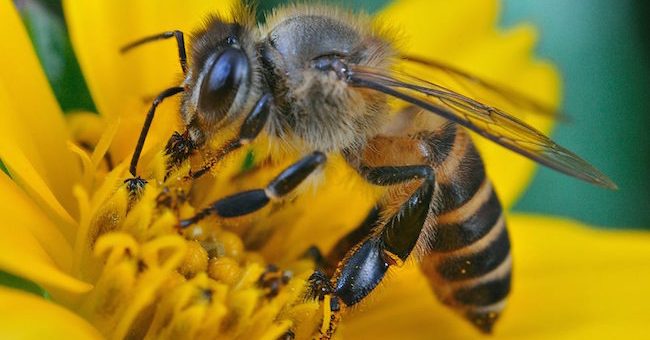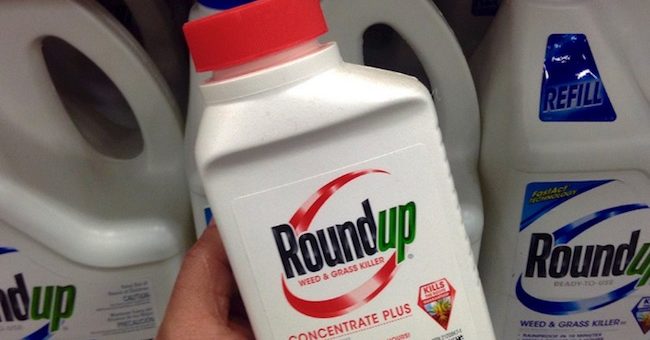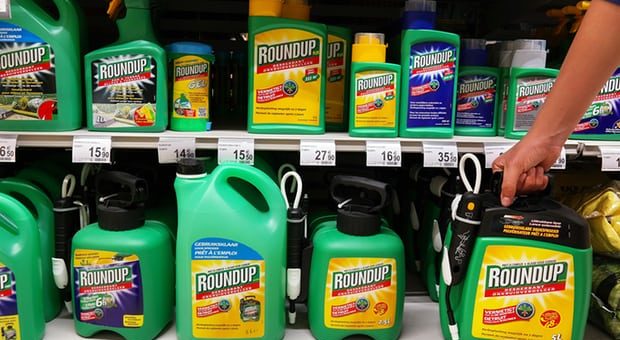Harmful PFAS chemicals are linked to cancer, birth defects, liver disease, plummeting sperm counts and a range of other serious health problems.
Read Article

Harmful PFAS chemicals are linked to cancer, birth defects, liver disease, plummeting sperm counts and a range of other serious health problems.
Read Article
A bill led by Sen. Tom Udall (D-NM) and Rep. Joe Neguse (D-CO) would ban chlorpyrifos, neonicotinoids and paraquat.
Read Article
The EPA has proposed dropping a rule requiring safety zones when spraying pesticides, just as farmworkers are deemed ‘essential’ during the pandemic.
Read Article
These ‘forever’ chemicals are making their way into everything. A very disturbing development.
Read Article
PFAS (the ‘forever chemical’) is showing up in water supplies nationwide, and many communities are left to fight against the toxins themselves.
Read Article
The EU has decided to ban thiacloprid, but this chemical remains fully legal in the U.S.
Read Article
The widespread environmental contaminants known as PFAS aren’t just associated with health problems — they cause them directly.
Read Article
Language tucked away in the farm bill could block local governments from making their own rules about pesticides, reversing the bans that have been achieved across the country.
Read Article
The Organic Center just came out with a study that looks at the hazards of toxic synthetic pesticides to farmers and how organic farming methods can reduce the health risks to these workers.
Read Article
Tucked away in the massive farm bill passed by the U.S. House of Representatives is language that would block local governments from adopting their own pesticide regulations, such as the prohibition of glyphosate being sprayed on parks and schoolyards.
Read Article
With California’s landmark court case ruling that Monsanto’s Roundup was responsible for a groundskeeper’s cancer, the number of lawsuits against the company has grown to more than 8,000.
Read Article
Bees, a key player in California’s $7.6 billion almond industry, are dying at a rapid rate — and, not surprisingly, many people are blaming pesticides for this.
Read Article
The pesticide industry has wanted to kill ‘endangered species’ protections, and President Trump is fulfilling their wish.
Read Article
A new report from the National Academies of Sciences discusses new technologies that better assess the dangers of chemicals and chemical mixtures. But will it ever get put to use and change policy?
Read Article
At the Organic Produce Summit, it was predicted that shoppers will soon be asking about glyphosate testing and the health of the soil when making purchasing decisions.
Read Article
In a very important ruling, a judge decided that 400 lawsuits which claim that glyphosate – the primary ingredient in Monsanto’s Roundup – caused cancer can now go to trial.
Read Article
With organic grains having suffered glyphosate contamination, the case is being made that current methods to separate organic and conventional farming are not working.
Read Article
An encouraging and excellent piece in the NYT about how agroecology is gaining momentum around the globe, much to the chagrin of the major chemical companies.
Read Article
In a rebuke to EPA head Scott Pruitt, Hawaii has become the first state in the nation to ban chlorpyrifos, a neurotoxic pesticide that has been shown to harm children and has been found in food, air and drinking water.
Read Article
Barely alive, David Johnson is the first of 800 victims to sue Monsanto for causing him cancer.
Read Article
A fascinating and very important study is being conducted on glyphosate levels detected on tree bark.
Read Article
As part of the U.S. National Toxicology Program’s first-ever examination of formulations made with glyphosate, new tests have shown that popular weedkiller products, such as Monsanto’s RoundUp, are more toxic to human cells than their active ingredients.
Read Article
Hawaii became the first state in the U.S. to ban the pesticide chlorpyrifos, a highly toxic neurotoxin that causes significant damage to brain development in children.
Read Article